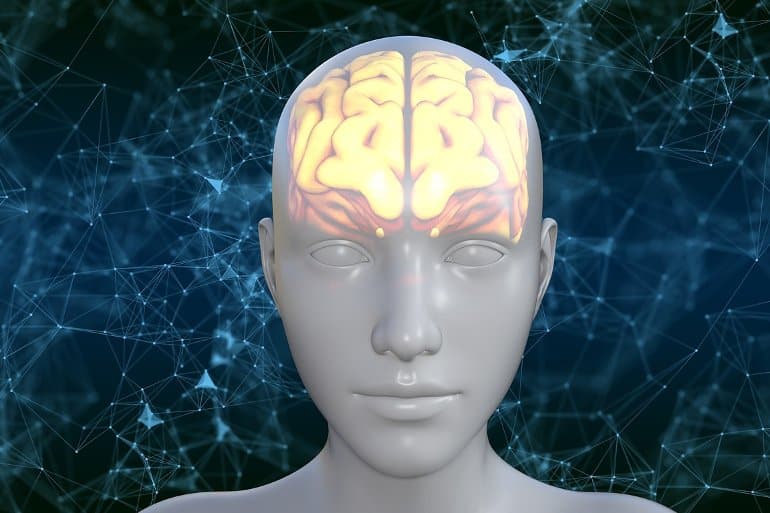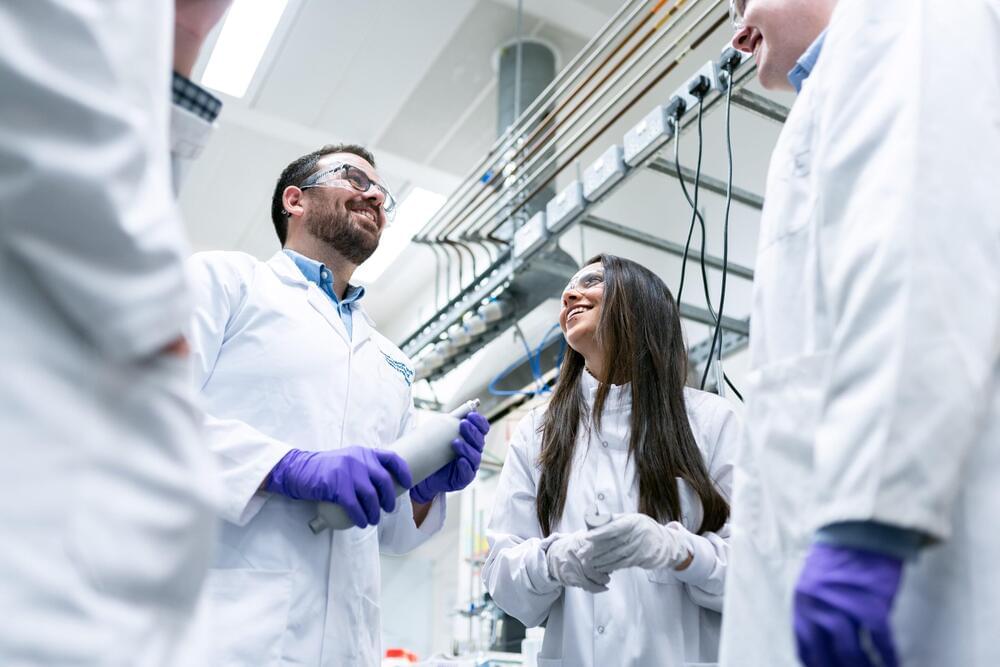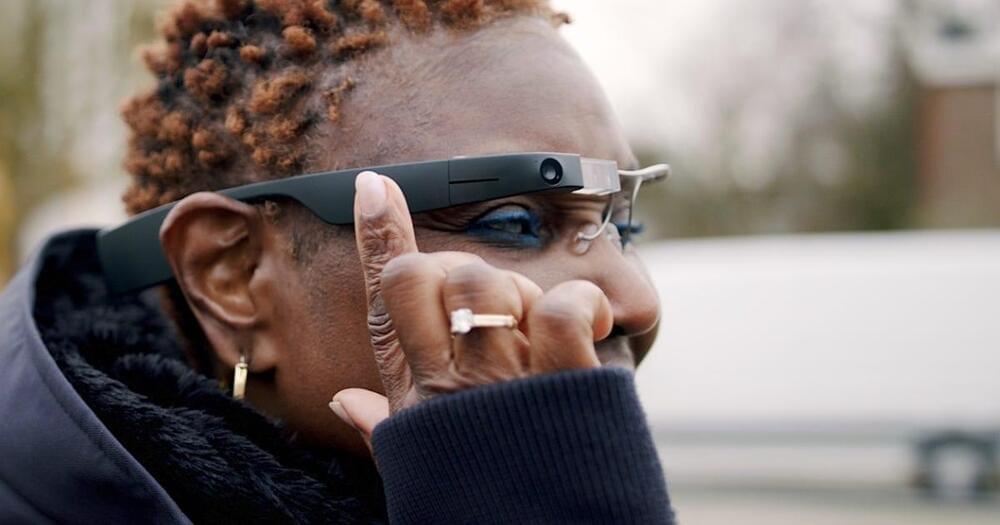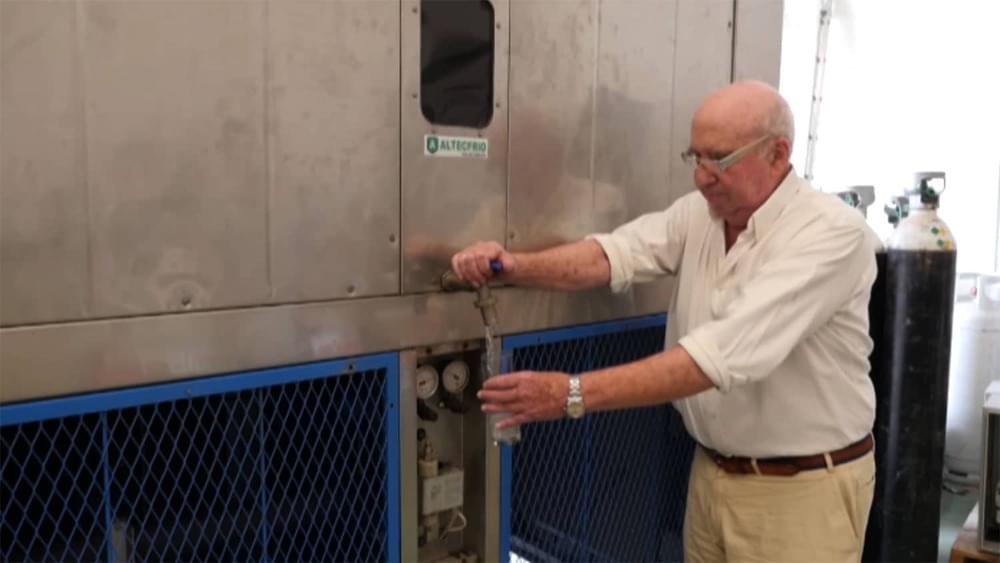Page 4913
Apr 25, 2022
Widespread Brain Receptor Hides Surprising Mechanism of Action
Posted by Kelvin Dafiaghor in categories: biotech/medical, neuroscience
Summary: Glutamate binds to the subunits of its receptor only in specific patterns. The findings upend previous belief that each subunit binds glutamate independently and points to a new level of complexity in neurotransmission and drug response.
Source: Columbia University.
One of the most important molecules in the brain doesn’t work quite the way scientists thought it did, according to new work by researchers at Columbia University Vagelos College of Physicians and Surgeons and Carnegie Mellon University.
Apr 24, 2022
Synthetic antibody–immune cell complex dramatically shrinks blood tumors
Posted by Dan Kummer in categories: biotech/medical, genetics
NEW ORLEANS— Donated immune cells mixed with a molecule that helps them home in on tumor cells have dramatically shrunk tumors in most of the 22 people with blood cancer who received experimental infusions. The results, reported yesterday at the annual meeting of the American Association for Cancer Research (AACR), are a new twist on cell therapies that harness a patient’s own immune cells to treat cancer. The new treatment is simpler to make than other cell therapies for advanced lymphoma, or cancer of the lymph system, the study’s leaders say.
“It’s an interesting idea,” says hematologist and oncologist Jeffrey Miller of the University of Minnesota, Twin Cities, who was a panelist at the plenary session where the work was presented.
CAR-T cells, immune cells genetically modified to carry a surface protein that helps them home in on cancer cells, are the best known cancer cell therapy. Although approved for some types of leukemia and lymphoma, CAR-T cells can cause serious side effects and must be custom-made from a person’s own T cells.
Apr 24, 2022
Hackers could sabotage 4D printed objects to cause malicious failures
Posted by Shubham Ghosh Roy in categories: 4D printing, transportation
Attackers could gain access to printers and manipulate designs of parts such as aircraft propellers in ways that are difficult to detect.
Apr 24, 2022
Someone left a prototype Google Pixel Watch at a restaurant
Posted by Shubham Ghosh Roy in categories: mobile phones, wearables
In 2010, Apple software engineer Gray Powell left a in a bar in Redwood City, California. In an era where nearly every device leaks before it’s officially announced, images of a new iPhone showing up online seem quaint. But at the time it was a big deal and the incident even came to. Now, more than a decade later, images of another highly anticipated device have made their way online in much the same way.
On Saturday evening, Android Central photos of Google’s long-rumored Pixel Watch. The outlet says it obtained the images you see throughout this post from someone who found the smartwatch at a restaurant in the US. The photos confirm the Pixel Watch will feature a circular face with minimal display bezels. If you look closely, you can see the wearable’s band attaches directly to its case, with a latch mechanism that looks proprietary to Google and reminiscent of the design employed by Fitbit on its Versa and Sense smartwatches (Google the company in 2021).
The watch features a single button next to its crown and what looks like a microphone or altimeter port. On the back of the device, you can see an optical heartrate sensor. Unfortunately, the watch wouldn’t go beyond its boot screen so there are no photos of it running.
Apr 24, 2022
Survey: Trust in science is high, but misinformation is a threat
Posted by Shubham Ghosh Roy in categories: climatology, health, science, sustainability
Trust in science is rising worldwide, according to a 3M-backed survey released Tuesday, and more people expect it to solve the world’s problems.
But the fifth annual 3M State of Science Index also showed many are worried that misinformation could lead to more public health crises, greater societal divisions and lack of action on climate change.
“It’s really good to see that trust in science is high, and that’s true in America and around the world, but misinformation threatens scientific credibility,” Jayshree Seth, 3M’s corporate scientist and chief science advocate, said in an interview. “It’s not simply a matter of communicating facts, data and evidence. We need to build that relationship with the public.”
Apr 24, 2022
We can now tell how much CO2 in the air is due to fossil fuel burning
Posted by Shubham Ghosh Roy in category: sustainability
A way of distinguishing between natural carbon dioxide emissions and those from burning fossil fuels could help cities and countries monitor their progress in cutting emissions.
Apr 24, 2022
These Glasses for the Blind Can Read Documents, Scan Faces
Posted by Shubham Ghosh Roy in category: mapping
May was using a feature on the glasses called Ally, which lets him start video calls with friends and family to get help.
“I called up one of my colleagues, Evelyn, and said, ‘What do you see?’ and she described the environment to me,” said May, chief evangelist at accessible navigation company Goodmaps. “She told me where the tables were and just gave me the lay of the land.”
Envision Glasses are built on the enterprise edition of Google Glass. (Yes, Google Glass is still alive.) Google unveiled these smart glasses back in 2013, then touting them as a way for users to take calls, send texts, snap pictures and look at maps, among other things, right from the headset. But after a limited — and unsuccessful — release, they never hit store shelves.
Apr 24, 2022
Spanish Aquaer develops a machine that extracts drinking water from thin air
Posted by Shubham Ghosh Roy in category: sustainability
There is nothing more essential to life on Earth than water. It’s a cruel irony that the majority of the world’s surface is covered in water, yet only a fraction of it is suitable for human consumption. Around 785 million people globally still lack access to clean, safe drinking water.
With an aim to provide drinking water where no other sources of water are available, a Spanish company, Aquaer, has devised a machine capable of extracting drinking water from thin air. Invented by Enrique Veiga, the 82-year-old engineer, the machine can operate even in areas where humidity is low, as in the desert.
The machines utilize the same principle that causes condensation in air-conditioning units. It uses electricity to cool the surrounding air, and then it takes the process a step further by condensing the water vapor.
Apr 24, 2022
Electrostatic brakes make bendy robot arms a lot more efficient
Posted by Shubham Ghosh Roy in category: robotics/AI
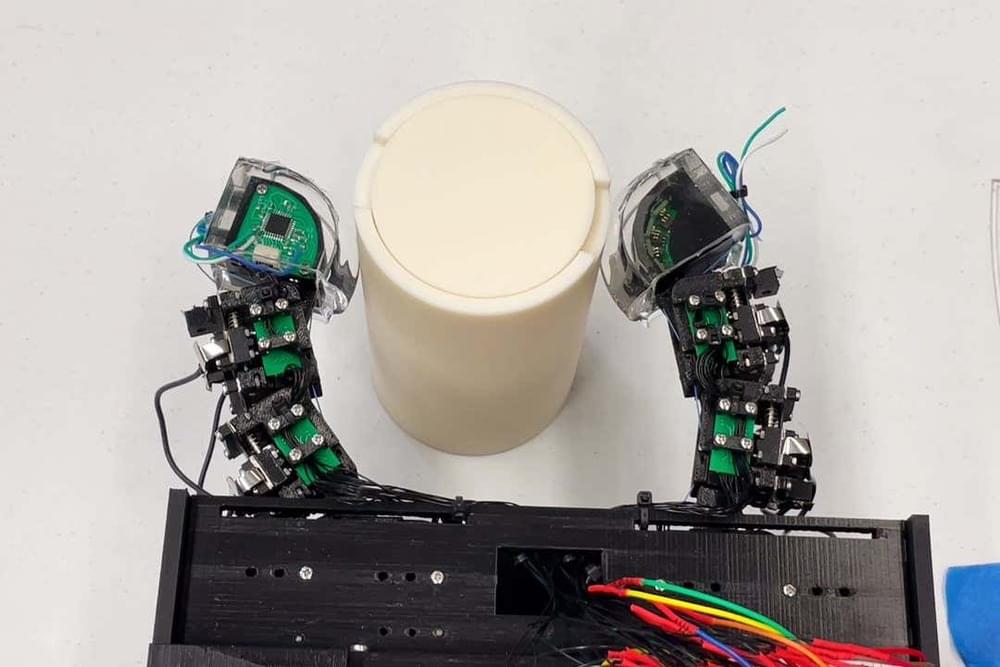
Replacing motors with electrostatic brakes can boost the energy-efficiency of robot limbs, although the robots are slower.

